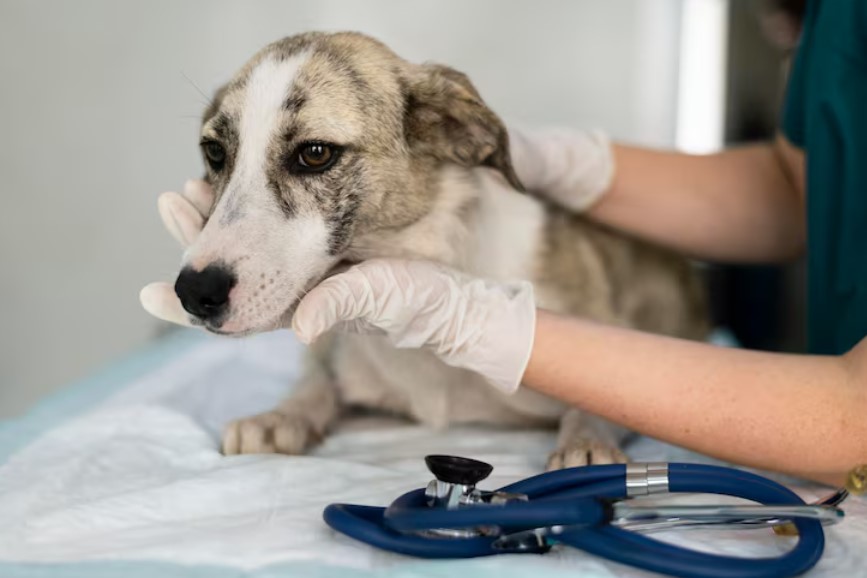
A concerning surge in cases of canine parvovirus (commonly called “parvo”) is gripping parts of Australia — prompting veterinarians, shelters and animal welfare groups to sound urgent warnings.
What’s happening?
In the northern and western suburbs of Adelaide — including areas like Andrews Farm, Elizabeth Grove, Elizabeth South and Seaton — confirmed outbreaks of parvovirus have triggered alerts for dog owners. The disease is especially dangerous in unvaccinated dogs and young puppies. According to the RSPCA Australia, Australia sees around 20,000 cases annually, and roughly half of those infected do not survive.
Elsewhere, in Western Australia’s Kimberley region (Broome and Derby), veterinary clinics say they are now treating up to a dozen dogs a week, compared to only one or two per month previously.
Why is this happening now?
Several factors are contributing:
What are the signs to watch for?
If you own a dog — especially a puppy or one that's unvaccinated — keep alert for these symptoms:
Because the disease progresses rapidly, any such signs warrant immediate veterinary attention.
How can you protect your dog?
Prevention is far more effective (and less costly) than treatment:
Why this matters to you
If you have a dog (or are considering getting one), this outbreak is a reminder that even a loved family pet isn’t immune to serious infectious disease. It underscores the responsibility of pet-ownership: preventive care, timely vaccinations, and being informed. The emotional toll of losing a dog to a disease that could have been prevented is significant—not just financially, but also for your family’s well-being.
Final thoughts
The rise in parvovirus cases across Australia is a wake-up call. While the disease is old and well-known among vets, its resurgence in pockets signals that complacency is dangerous. As a dog owner, your best defence is vaccination, vigilance, and swift action at the first sign of illness. With care and awareness, you can help ensure your dog remains happy, healthy—and safe from this silent threat.